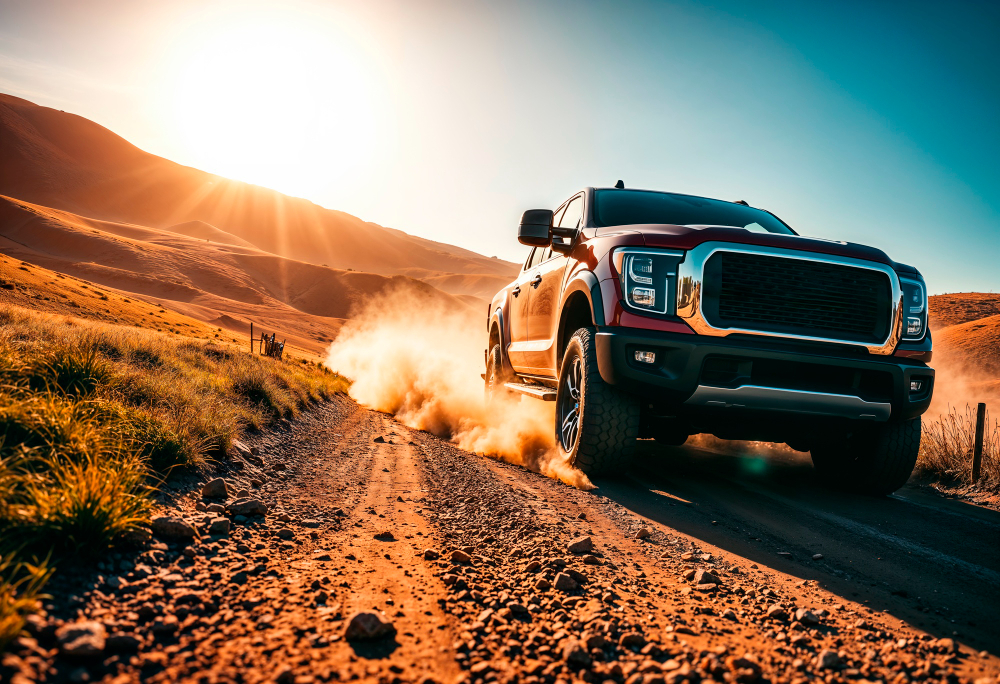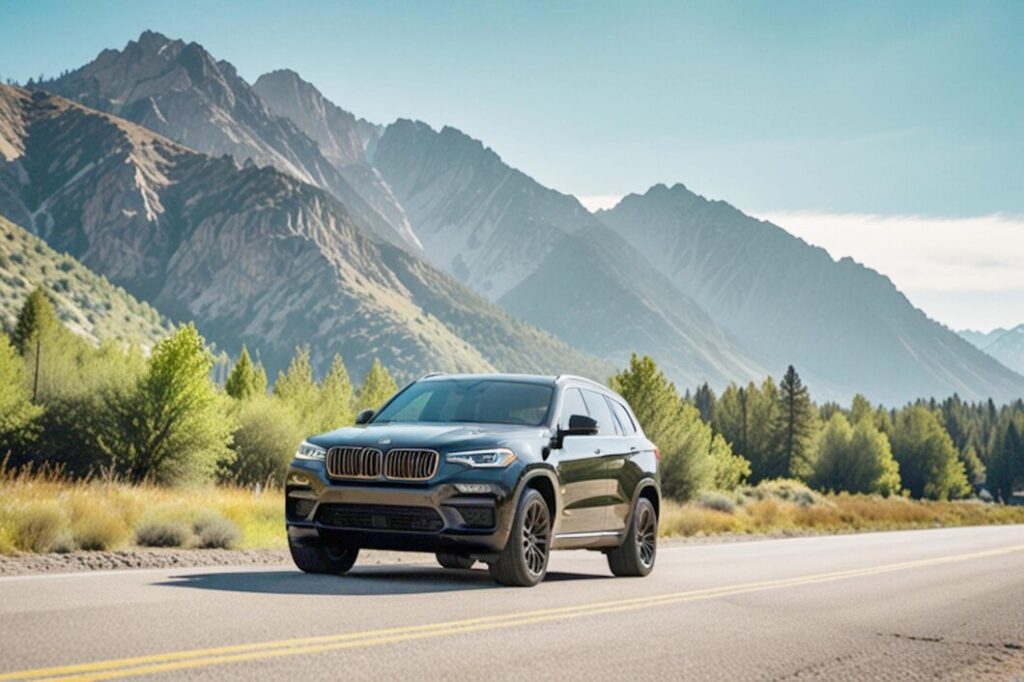The Indian automotive landscape has witnessed a remarkable transformation over the past decade. Once dominated by sedans and hatchbacks, the roads of India are now increasingly populated by Sports Utility Vehicles (SUVs). This shift represents more than just a change in consumer preference—it’s a complete reimagining of what Indian families want from their vehicles.
From bustling metropolitan streets to rural highways, SUVs have become the vehicle of choice for millions of Indian consumers. The surge in SUV sales India has recorded year after year tells a compelling story of changing aspirations, improved road infrastructure, and evolving lifestyle needs.
The Numbers Don’t Lie: SUV Sales India Statistics
The growth trajectory of SUV sales in India has been nothing short of extraordinary. Industry data reveals that SUVs now account for nearly 50% of the total passenger vehicle market in India, a dramatic increase from just 15% a decade ago.
In the financial year 2023-24, SUV sales crossed the 2 million unit mark for the first time in Indian automotive history. This represents a compound annual growth rate of over 15% in the SUV segment, significantly outpacing the overall passenger vehicle market growth.
The compact SUV segment alone has witnessed exponential growth, with models priced between ₹8-15 lakhs capturing the imagination of middle-class buyers. This price range has made SUVs accessible to a broader demographic, moving them from luxury items to mainstream family vehicles.
What’s Driving the SUV Revolution in India?
Rising Disposable Income and Aspirational Purchases
India’s growing middle class has been the primary catalyst behind the SUV boom. With increasing disposable income and changing lifestyle aspirations, families are viewing SUVs as status symbols that reflect their success and social standing.
The psychological appeal of SUVs cannot be understated. These vehicles project confidence, power, and prosperity—qualities that resonate strongly with Indian consumers who view their vehicle purchase as one of their most significant investments.
Improved Road Infrastructure Across the Country
The government’s massive investment in highway development and road infrastructure has created an environment where SUVs can truly shine. The Golden Quadrilateral project, Bharatmala initiative, and numerous state highway improvements have resulted in better roads that can accommodate larger vehicles.
Rural connectivity has also improved dramatically, with paved roads reaching previously inaccessible areas. This infrastructure development has made SUVs practical choices for families who frequently travel between cities or visit rural areas.
Family-Centric Vehicle Requirements
Indian families typically prefer vehicles that can accommodate multiple generations comfortably. SUVs, with their spacious interiors and higher seating positions, perfectly address this need. The ability to seat 7-8 people in larger SUVs makes them ideal for joint families and extended family gatherings.
The elevated driving position also provides better visibility in heavy traffic conditions, which is particularly valuable in congested Indian cities where road discipline varies significantly.
Market Leaders: Analyzing Top-Performing Models
Mahindra XUV700: Redefining Premium SUV Experience
The Mahindra XUV700 has emerged as a game-changer in the mid-size SUV segment. Launched in 2021, this vehicle has consistently ranked among the top-selling SUVs in its category, demonstrating Mahindra’s understanding of Indian consumer preferences.
What sets the Mahindra XUV700 apart is its combination of advanced technology, robust build quality, and competitive pricing. The vehicle offers features typically found in luxury cars, including panoramic sunroof, advanced driver assistance systems, and premium audio systems, all at a price point accessible to upper-middle-class buyers.
The XUV700’s success can be attributed to its comprehensive approach to the Indian market. It offers both petrol and diesel engine options, manual and automatic transmissions, and seating configurations for 5 or 7 passengers, ensuring there’s a variant for every family’s needs.
Tata Harrier: The Design Revolution
The Tata Harrier represents a watershed moment for Tata Motors in the SUV segment. Inspired by the Land Rover Discovery Sport’s design language, the Harrier brought international styling sensibilities to the Indian market at a competitive price point.
Since its launch, the Tata Harrier has consistently been among the top 5 selling SUVs in India. Its success stems from its distinctive design, solid build quality, and the trust associated with the Tata brand. The vehicle’s OMEGA architecture, derived from Land Rover’s D8 platform, provides excellent ride quality and handling characteristics.
The Harrier’s appeal extends beyond its looks. Its spacious cabin, premium materials, and comprehensive safety features have made it a favorite among safety-conscious buyers who don’t want to compromise on style or performance.
The Compact SUV Phenomenon
The compact SUV segment has been the real growth driver in the Indian market. Models like the Maruti Suzuki Brezza, Hyundai Creta, Kia Seltos, and Tata Nexon have made SUVs accessible to middle-class families who previously could only afford hatchbacks or entry-level sedans.
These compact SUVs offer the commanding driving position and rugged aesthetics of full-size SUVs while maintaining fuel efficiency and maneuverability suitable for city driving. Their success has prompted every major manufacturer to develop offerings in this segment.
How Indian Road Conditions Favor SUVs

Tackling Poor Road Surfaces and Potholes
Despite significant infrastructure improvements, many Indian roads still present challenges that SUVs handle better than low-slung sedans. The higher ground clearance of SUVs allows them to navigate potholes, speed breakers, and uneven surfaces without scraping the underbody.
During monsoon seasons, waterlogged streets become common in many Indian cities. SUVs, with their higher air intake positions and better ground clearance, can navigate through water logging that would strand smaller vehicles.
Rural and Semi-Urban Accessibility
India’s diversity means that even urban families often need to travel to rural areas for family functions, festivals, or business purposes. SUVs provide the versatility to handle both city streets and rural roads with equal confidence.
The robust construction of SUVs also appeals to buyers who value durability over delicate refinement. In a country where vehicles often serve multiple purposes and endure heavy usage, the perceived ruggedness of SUVs becomes a significant selling point.
The Technology Factor: Modern Features Meet Indian Needs
Connectivity and Infotainment Systems
Modern SUVs in India come equipped with advanced infotainment systems that cater to the tech-savvy Indian consumer. Features like smartphone integration, multiple USB ports, and Wi-Fi connectivity have become standard expectations rather than luxury additions.
Indian families often undertake long-distance travel, making rear-seat entertainment systems and multiple charging points essential features. SUVs, with their larger dashboards and cabin space, can accommodate these technologies better than smaller vehicles.
Safety Features Becoming Standard
The emphasis on safety has grown significantly among Indian car buyers, partly due to increasing awareness and partly due to stricter safety regulations. SUVs, with their larger size and advanced safety features, are perceived as safer options for families.
Features like multiple airbags, ABS with EBD, electronic stability control, and advanced driver assistance systems are becoming standard in even mid-range SUVs, making them attractive to safety-conscious buyers.
Economic Impact of the SUV Boom
Job Creation in the Automotive Sector
The SUV boom has created numerous employment opportunities across the automotive ecosystem. From manufacturing plants to dealerships, from component suppliers to service centers, the growth in SUV sales has had a positive multiplier effect on employment.
Companies like Mahindra, Tata Motors, and various international manufacturers have expanded their Indian operations to meet the growing demand for SUVs, contributing to economic growth and skill development in the automotive sector.
Impact on Component and Accessory Industries
The SUV trend has also boosted ancillary industries. Manufacturers of automotive components, accessories, and aftermarket modifications have seen increased demand as SUV owners seek to personalize and enhance their vehicles.
The larger size and modular nature of SUVs make them ideal platforms for customization, creating new business opportunities for small and medium enterprises in the automotive aftermarket sector.
Environmental Considerations and Future Outlook

The Challenge of Fuel Efficiency
While SUVs offer numerous advantages, their typically higher fuel consumption remains a concern for environmentally conscious buyers and those seeking to minimize running costs. However, manufacturers are addressing this through improved engine technologies, hybrid systems, and electric powertrains.
The introduction of BS-VI emission norms has pushed manufacturers to develop cleaner, more efficient engines for their SUV lineup, partially addressing environmental concerns without compromising performance.
Electric SUVs: The Next Frontier
The future of SUVs in India increasingly points toward electrification. Models like the Tata Nexon EV have demonstrated that electric SUVs can succeed in the Indian market when priced competitively and supported by adequate charging infrastructure.
As battery technology improves and costs decrease, electric SUVs are expected to become more mainstream, combining the appeal of SUV design with environmental responsibility and lower operating costs.
Regional Preferences and Market Dynamics
North vs South: Different SUV Preferences
Regional preferences play a significant role in SUV sales patterns across India. Northern markets tend to favor larger, more powerful SUVs, while southern markets show preference for fuel-efficient compact SUVs with advanced features.
Urban centers like Mumbai, Delhi, and Bangalore have shown strong demand for premium compact SUVs, while Tier-2 and Tier-3 cities often prefer value-oriented models with proven reliability and lower maintenance costs.
The Role of Brand Loyalty and Trust
Indian consumers often exhibit strong brand loyalty, particularly for significant purchases like vehicles. Established brands like Mahindra, which has a long history in the SUV segment, continue to benefit from this loyalty while newer entrants must work harder to establish credibility.
Local manufacturing capabilities and service network coverage also influence buying decisions, with consumers preferring brands that offer convenient access to parts and service support.
What Does This Mean for Traditional Car Segments?
The Decline of Sedan Sales
The rise of SUVs has coincided with a significant decline in sedan sales across India. Many consumers who would have previously purchased sedans are now opting for SUVs, viewing them as offering better value proposition in terms of space, versatility, and road presence.
Premium sedan segments have been particularly affected, with many luxury car buyers preferring SUVs for their commanding presence and practical advantages in Indian driving conditions.
Hatchback Market Resilience
While SUVs have gained market share, the hatchback segment has shown resilience, particularly in the entry-level market. First-time car buyers and urban commuters still find hatchbacks attractive for their fuel efficiency, easy maneuverability, and lower acquisition costs.
However, even in the hatchback segment, manufacturers are introducing SUV-inspired styling cues to appeal to consumers’ preference for the rugged SUV aesthetic.
Frequently Asked Questions
Why are SUVs becoming so popular in India?
SUVs are gaining popularity in India due to several factors including rising disposable income, improved road infrastructure, family-oriented vehicle requirements, higher driving position for better visibility, and the aspirational value associated with SUV ownership. The vehicles also handle Indian road conditions better than sedans.
Which are the best-selling SUVs in India currently?
The best-selling SUVs in India include the Mahindra XUV700, Tata Harrier, Hyundai Creta, Kia Seltos, Maruti Suzuki Brezza, and Tata Nexon. These models have consistently topped sales charts due to their combination of features, pricing, and brand reliability.
Are SUVs suitable for Indian city driving conditions?
Modern compact SUVs are well-suited for Indian city driving. They offer better ground clearance for navigating potholes and speed breakers, higher seating position for better visibility in traffic, and are designed to handle the varied road conditions found in Indian cities while maintaining reasonable fuel efficiency.
How do SUV prices compare to sedans in India?
SUV pricing has become increasingly competitive with sedans. Compact SUVs are now priced similarly to premium hatchbacks and entry-level sedans, making them accessible to middle-class buyers. Premium SUVs compete directly with luxury sedans, often offering better value in terms of space and features.
What is the future of SUV sales in India?
The future of SUV sales in India looks promising with continued growth expected. The segment is likely to see increased electrification, more premium features becoming standard, and greater variety in size and price segments. Manufacturers are investing heavily in SUV development for the Indian market, indicating sustained growth potential.
Do SUVs have higher maintenance costs than regular cars?
SUVs typically have slightly higher maintenance costs due to their larger size, more complex systems, and higher-capacity consumables like oil and tires. However, the difference has narrowed significantly with modern SUVs, and many owners find the additional costs justified by the vehicles’ versatility and capabilities.
